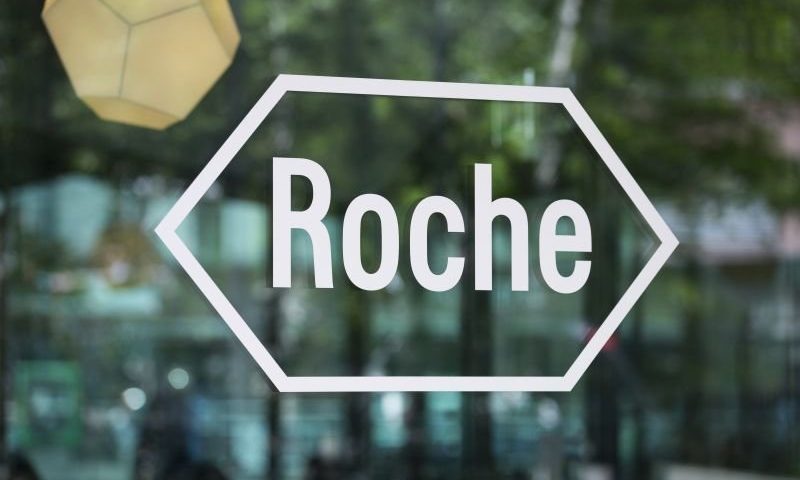Roche may market the first FDA-approved in vivo gene therapy, but the company isn’t resting on its laurels. The Swiss pharma is teaming up with Shape Therapeutics on next-generation gene therapies for Alzheimer’s, Parkinson’s and rare diseases in a deal that could exceed $3 billion.
Shape will use its RNA-editing platform to identify development candidates against multiple targets, according to a statement. The deal could also include use of the biotech’s adeno-associated virus (AAV) technology as well the creation of tissue-specific vectors to deliver treatments. Roche will pick up development and worldwide commercialization of programs that come out of the pact.
The companies did not break out financial details saying only that the $3 billion includes an upfront payment and milestone payments if development, regulatory and sales goals are met.
After launching in November 2019, Shape raised a major $112 million round in July of this year to bankroll multiple RNA-editing platforms. Rather than treat disease by editing DNA directly, Shape is taking aim at the molecules that carry instructions from the DNA to produce proteins. The company is working on medicines that address defective or toxic proteins that result from disease-causing mutations without making permanent changes to a person’s DNA.
Roche picked up Luxturna, an in vivo gene therapy for an inherited form of blindness, in the $4.8 billion buyout of Spark Therapeutics in 2019. Spark continues to develop gene therapies for diseases of the eye, liver and central nervous system.
The Shape deal follows a collaboration Roche struck with Dyno Therapeutics in October 2020 and a partnership the Spark unit inked with Senti Biosciences in April this year.
With Dyno, the Swiss major is working on treatments for central nervous system disorders and liver disease. Dyno is designing, developing and testing new AAV capsids to deliver gene therapies, while Roche and Spark will bring genetic payloads and advance the development of the treatments.
As for Spark and Senti, the duo is using the latter’s gene circuits technology to overcome hurdles that have dogged the first generation of cell and gene therapies. Adding gene circuits to these treatments allows them to sense and adapt to their environment, treating disease while limiting side effects.

